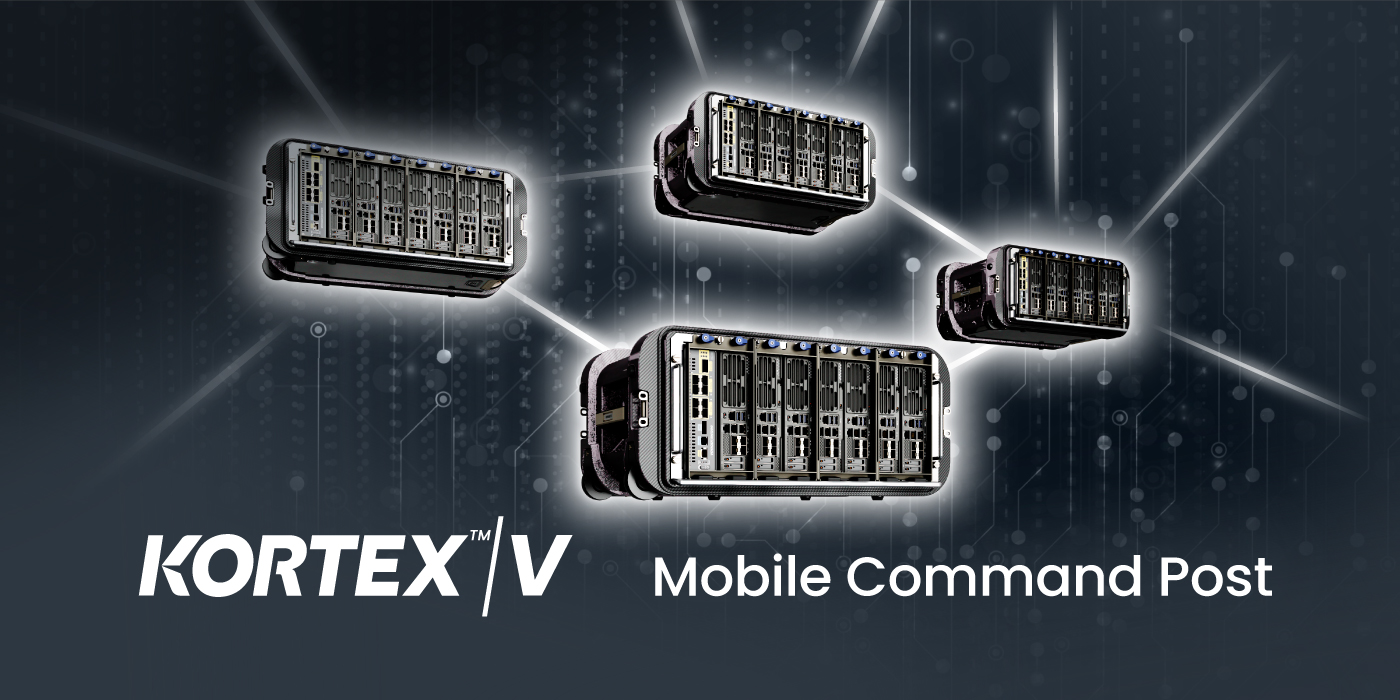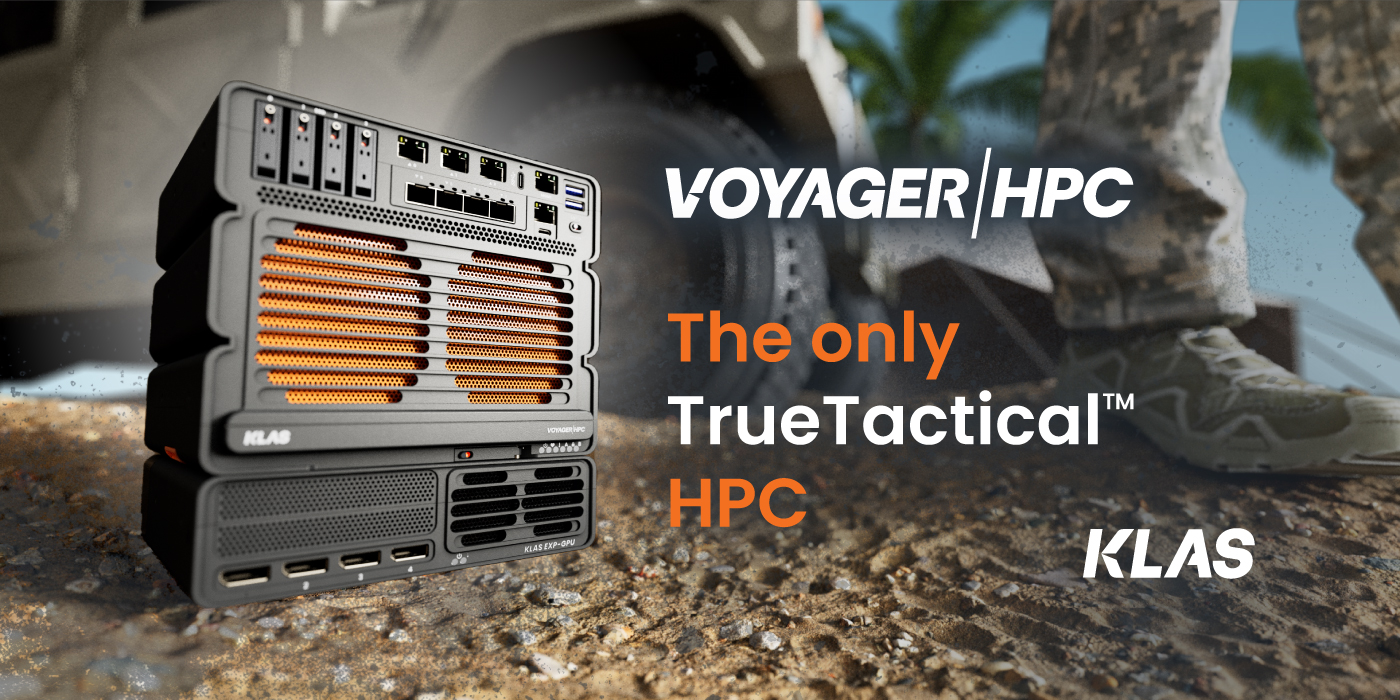76% of IT leaders stated that identifying “the ideal location” for data analysis was challenging forward progress.
Source: Intel “The Edge Outlook”¹
The opening quote highlights the challenge all organizations face today, the ability to extract value from data in the place where it makes sense. Similarly, in today’s C3 digital command post (CP) there is a reliance on a connection-oriented service with a centralized monolith of data infrastructure.
For both public and private sectors, the increasing sophistication in connectivity jamming technology and IP network-based cyberattacks is making access to centralized data services increasingly challenging, especially in remote and DDIL connectivity environments.
In this blog, we show how enterprises and in particular the command post can be decentralized, with a distributed compute platform, called Kortex V. Furthermore, we discuss the benefits of an information-oriented service architecture, to modernize intelligence gathering for a unified view of operations from mobile command posts.
Modernizing the Command Post
The common denominator in today’s and tomorrow’s CP is the need to constantly move data to where value is extracted. To date, data is pushed from a centralized location in a hub-and-spoke-like architecture. The problem with a hub-spoke architecture is that there is a single point of failure, i.e. if the hub breaks or connectivity is DDIL, the mission is in serious jeopardy of failing.
As a result, there is a requirement to rethink the architecture of the CP. One approach is to move from a connection-oriented service architecture of a central hub to an information-oriented service architecture in which each node processes and pushes data to every other node.
The premise of an information-oriented service architecture is to supersede the nature of a centralized data exchange hub with communication of outcome-driven intelligence between the spokes.
Enhancing Command Post Intelligence
In an information-oriented service architecture, the monolith of a centralized data infrastructure no longer exists. In effect, it’s broken down into compact packages of high-performance computing and connectivity, which are distributable across the entire operational space, i.e. each spoke now acts as its own mobile CP.
With each spoke now running its own software stack, e.g. ML/AI, the data acquired locally is executed in real-time, and in parallel, execution outcomes are then made available for sharing.
A key advantage at the brigade and division level is that the resultant outcome or intelligence returned is unique and succinct to that node in the operating theater. A vital benefit of the information shared is that it offers a granular view of the effectiveness of the intelligence at that point in the field, without the need or expense for further analysis at a centralized location.
Kortex V, Mobile Command Post
Kortex V is the first commercially available platform to support the modernization of the command post by eliminating the centralized monolith of servers, with an architecture of distributed high-performance compute in support of resilient command post operations.
Kortex V is underpinned by the VoyagerVM 4.0², with support for up to 70 cores of Intel® Xeon® D (10th Gen) processing, alongside a networking or connectivity module in a single chassis.
With computing for localized and remote decision-making and interconnectivity for intelligence sharing, Kortex V is the brain on which a common operating picture is formed as part of the modern resilient and distributed command post at a brigade and division level.
Advantages of Kortex V
In summary, the key benefits Kortex V and an information-oriented service architecture include:
- The continuous movement of data
- Sharable information-based intelligence versus meta-data exchanges
- Succinct and attributable outcomes per operational node
- Enhanced value in intelligence gathered
- No centralized or single point of failures
Learn more
To learn more, please visit: https://www.klasgroup.com/products-gov/kortex-v/
References:
- Intel, The Edge Outlook Report – https://www.intel.com/content/www/us/en/newsroom/news/report-edge-computing-drives-business-innovation.html#gs.1ot8qh
- VoyagerVM 4.0 – https://www.klasgroup.com/products/voyager-vm-4-0/






